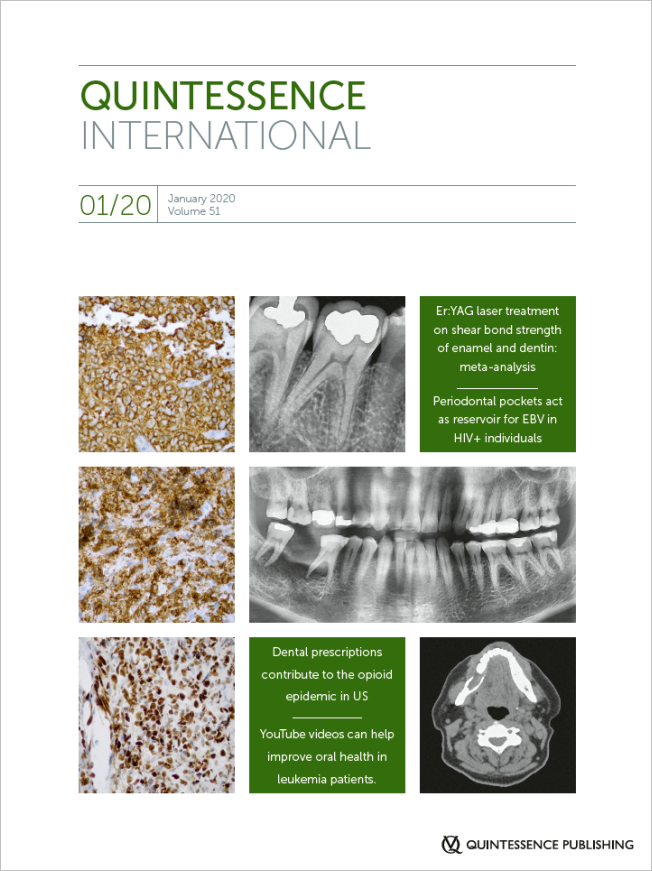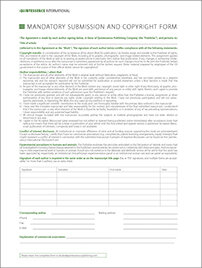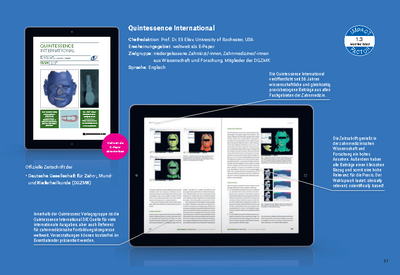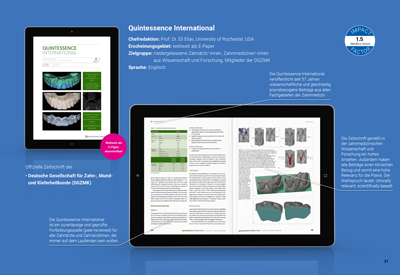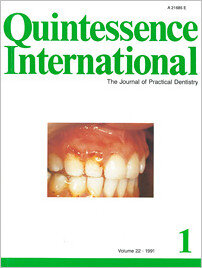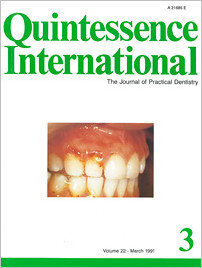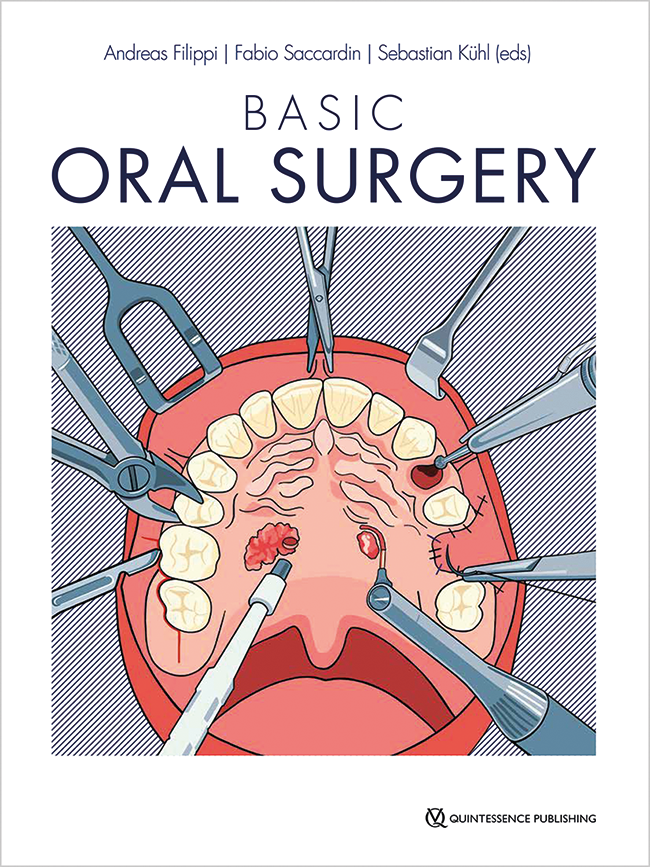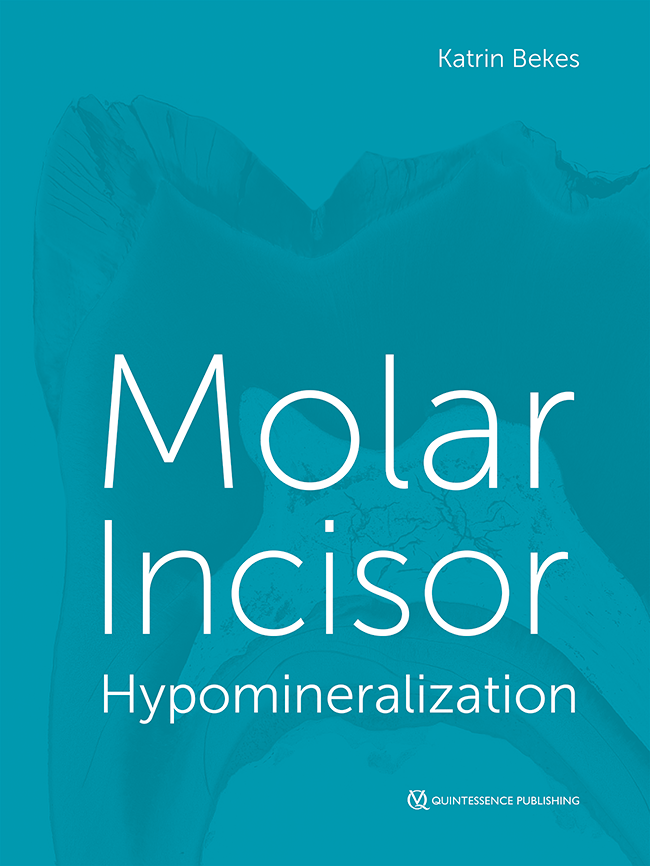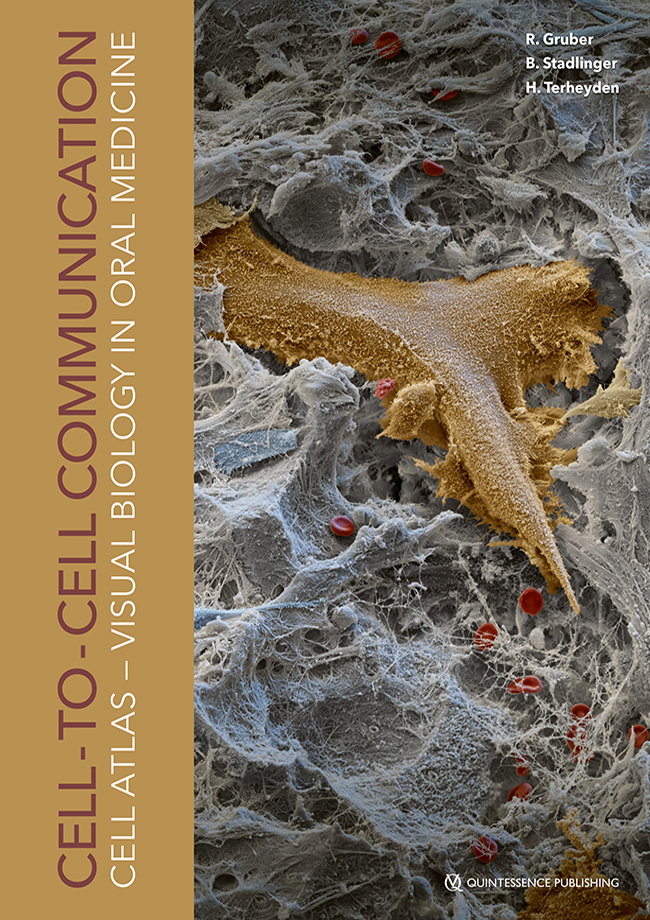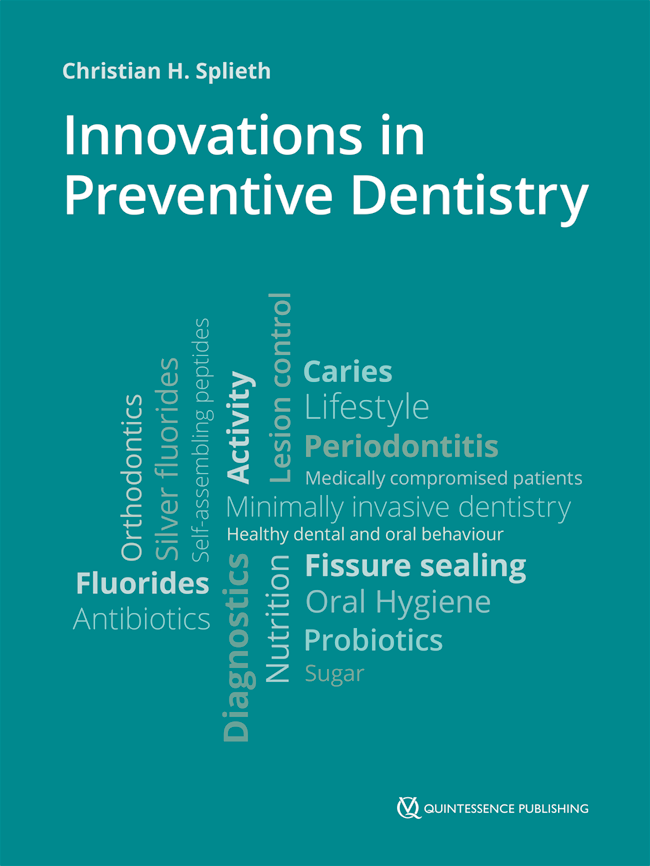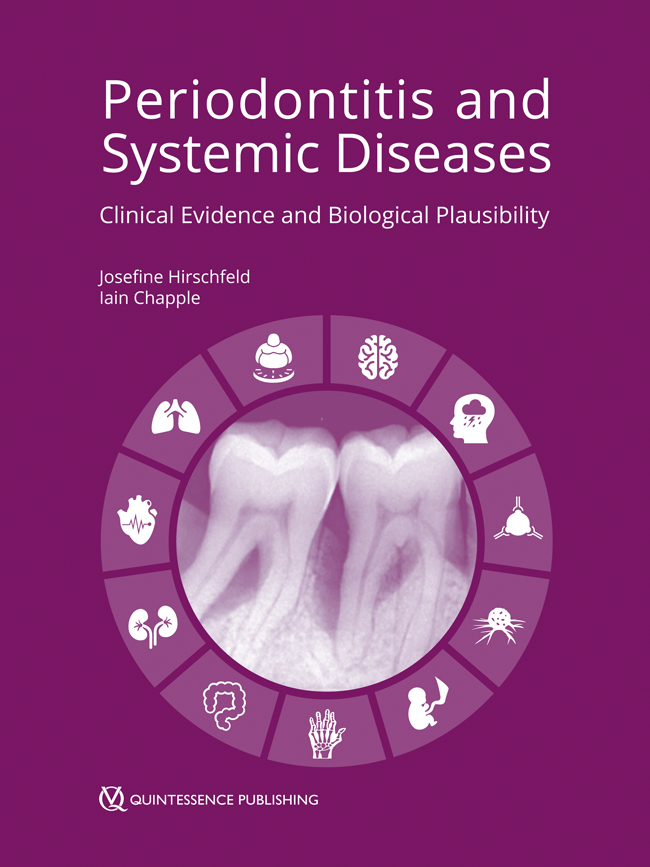Language: EnglishSimonsen, Richard J.Pages 515-523, Language: EnglishHaywood / HeymannThe conservative technique for bleaching vital teeth using a nightguard and a 10% carbamide peroxide solution has captured the esthetic interests of the dental profession. The purpose of this article is to assess the safety of the products used in this bleaching technique based on results from past related research and current research. Ten percent carbamide peroxide solutions used in numerous studies have demonstrated tissue-healing properties as well as a propensity for the reduction of plaque and gingivitis. None of these clinical studies revealed any untoward or detrimental side effects, and all demonstrated beneficial effects. Although some concern exists regarding the potentiating effects of peroxide solutions in the presence of known carcinogens, concerns of toxicity or damage to hard and soft tissues appear unfounded. The majority of current and past research and literature indicates that the current use of a 10% carbamide peroxide solution in the method advocated for bleaching vital teeth is apparently safe when administered properly under the supervision of a dentist.
Pages 525-531, Language: EnglishKnispelResin-based restorative materials have to not only function properly but also fulfill esthetic demands; restorations must harmonize in shpae and shade with natural teeth. The human perception of color is affected by external factors. The influence of these factors is discussed in regard to two pairs of composite resins: Silux/Valux and Pekalux/Pekafill. With the knowledge of the influence of these factors and with the accuracy of modern color measurement instruments, it is today possible to carry out restorative work to meet the highest esthetic standards.
Pages 533-540, Language: EnglishNuckles / Sneed / Bayme / Collins / Hook / WelshDuring a 15-week period, six full-time faculty members supervised the replacement of amalgam restorations by clinical dental students. The tooth numbers, the amalgam surfaces replaced, the reasons for replacement, and the instructors were compared. The students removed 956 surfaces of amalgam from 436 teeth. The primary reasons cited for replacement were marginal breakdown (69%) and caries (33%).
Pages 543-546, Language: EnglishGuillen / StaffanouSuccess in fabricating removable partial dentures, Kennedy Class I and Class II in particular, is highly dependent on proper orientation of the occlusal plane. The closer to the ideal, the better the prosthesis will function and provide proper esthetics and phonetics. This case report presents the diagnosis and occlusal modification of an existing maxillary complete denture to improve the patient's masticatory function with the fabrication of a removable partial denture.
Pages 547-550, Language: EnglishKillianCementation of a fixed orthodontic appliance requires careful attention to detail. Certain procedures can be used to improve fit of the stainless steel band and enhance the cementing procedure. This paper outlines a technique for cementation that optimizes the chances for an ideal long-term band-cement-tooth bond.
Pages 553-557, Language: EnglishCowan / Sabates / Gross / ElledgeExcessive tooth erosion and resulting sensitivity and esthetic concerns are well-documented problems in patients with eating disorders. Several techniques for restoring lost tooth structure have been reported in the literature. However, the potential significant role of dental care in the comprehensive treatment of the chronically bulimic patient has received little attention. Integration and coordination of dental treatment with medico-psycho-social the rapy of the bulimic patient may enhace the patient's success in combating this complex disorder. The key to proper dental management is a definitive approach to data collection and close coordination among all health care personnel providing primary health care therapy. A specific dental appraoch model is recommended in this report of a patient with a 15-year history of bulimia.
Pages 559-564, Language: EnglishGnanasekhar / Ahmad / ReddyLangerhans cell histiocytosis is an uncommon disease that includes a spectrum of disorders in which there is an abnormal proliferation of Langerhans cells. This article describes a case of a benign form of multifocal Langerhans cell histiocytosis of the maxilla and mandible. The patient was followed for a period of 2 1/2 years, during which time there was spontaneous remission of some of the lesions.
Pages 565-573, Language: EnglishTjan / TanThe failure of a composite resin restoration to seal at its interface with unetched tooth structures, resulting from polymerization shrinkage, creates an unwanted marginal micrleakage. Rebonding with a low-viscosity resin system has been recommended to reseal the marginal gap and to reduce microleakage. Since no particular resin system is commercially available, any low-viscosity resin has been utilized for this purpose. However, findings of this study seem to indicate the importance of selecting the appropriate resin system to optimize the outcome of this rebonding procedure, emphasizing the lowest viscosity and good wettability of the system. With proper selection of the resin system, this rebonding procedure can significantly reduce the microleakage at gingival unetched margins of Class V composite restorations.
Pages 575-580, Language: EnglishQudah / Huggett / HarrisonThis investigation studied the effect of thermocycling on the hardness of six commercially available soft lining materials. The apparatus used to measure hardness measured the difference between depth of penetration of an indentor into a specimen under a primary contacting load and a secondary penetrating load. Control specimens were stored in water at 20 ± 2 degrees C and trial specimens were thermocycled between 18 =- 1 degree C and 53 =- 1 degree C for periods up to 28 days. It was found that thermocycling had a deleterious effect on the softness of all six materials. Further, it was shown that chairside provisional soft lining materials demonstrate a rapid deterioration at temperatures greater than 50 degrees C.
Pages 581-585, Language: EnglishHuennekens / Daniel / BayneAir polishing, routinely used in dental offices, is known to be abrasive to polymer-based materials. The purpose of this study was to evaluate the effect of repeated air abrasion on two types of sealants: self-curing Concise or light-curing Delton. Scanning electron micrographs were collected after 0, 10, 30, 60, and 90 total second of air polishing. The remaining sealant was rated by two examiners (100% agreement) as little or no loss; some loss; or most or complete loss. Statistical tests revealed no significant sealant loss at any time interval, despite the fact that some sealant loss was observed on all but three samples.
Pages 587-591, Language: EnglishGerhardt / WilliamsIncreased concern over the transmission of acquired immunodeficiency syndrome, hepatits B, herpes, and other diseases has prompted research into the disinfection of dental impressions. Among the factors to be considered when dental impressions are disinfected is the stability of the disinfectant solutions during storage and use. This study is concerned with the effect on disinfectant solutions of repeated immersion of alginate dental impressions taken in metal trays. The effects of the impression materials, metal trays, and dilution were evaluated, and the impact of light, heat, and storage were also addressed. The findings indicated that in the test solutions, although considerable chlorine was consumed during the disinfection procedures, bactericidal activity was maintained, while in the control solution both chlorine content and bactericidal activity were remarkably stable.




